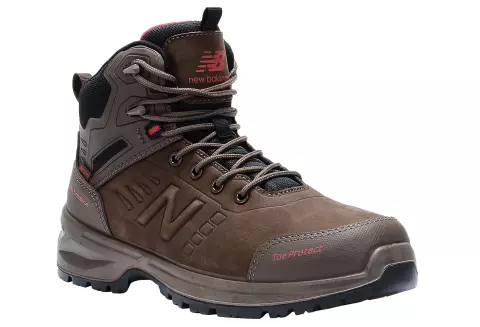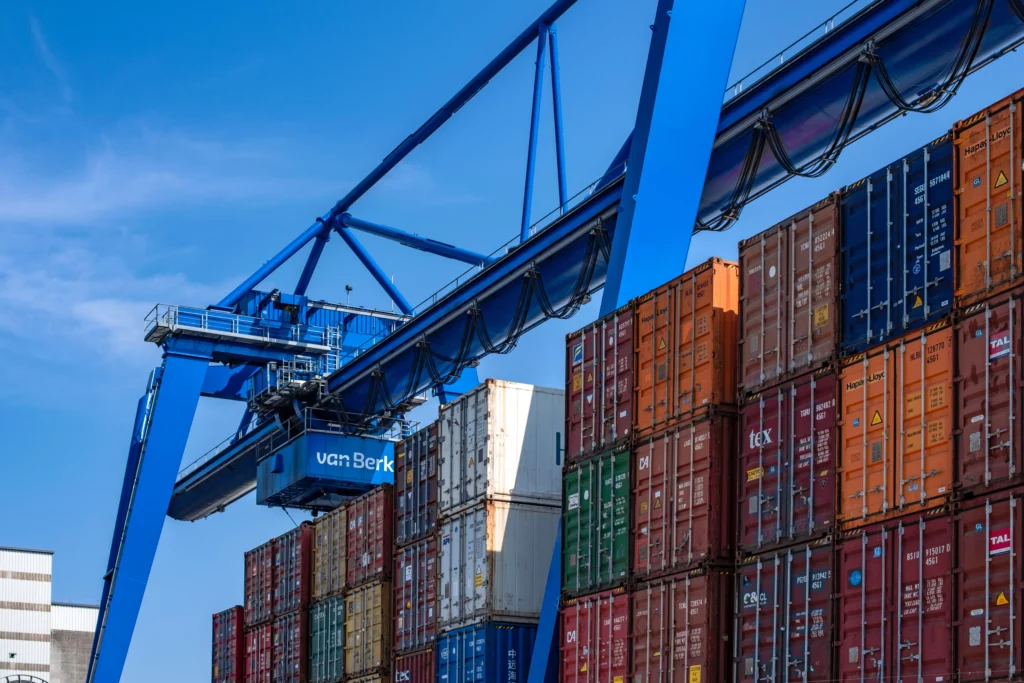
Aggregate Planning: Tips & Strategies
Introduction: Strategic production planning is essential for businesses aiming to meet demand efficiently while maximising profits. Producing too few items...

Get 20€ off on your first order!
In the dynamic world of business, effective procurement risk management is essential to mitigate potential disruptions and ensure the success of procurement activities.
Organizations face a range of risks throughout the procurement process, including supplier risks, supply chain risks, contract management risks, and operational risks.
These risks can impact not only the financial health of your business but also its reputation and ability to deliver products and services.
In this article, we will explore how Total Cost of Ownership (TCO) directly influences procurement risk management and uncover strategies to optimize this critical aspect of business operations.
If you want to read more on how to master and how to calculate your Total Cost of Ownership, read our previous articles:
In this article, you will read about:

One of the critical elements of procurement risk management is evaluating and managing supplier risks.

/package

/package

/package

/package

/package

/package

/package

/package

/package

/package

/package

/piece

/package

/package

/package

/package

/pair

/package

/pair

/package

/package

/package

/package

/piece

/package

/package

/pair

/pair
TCO helps identify long-term costs, financial stability, quality control, and delivery capabilities of suppliers, enabling businesses to select reliable partners and reduce the risk of supplier-related disruptions.
Here are some concrete examples that show the significance of TCO in evaluating and managing supplier risks:
Effective risk mitigation in procurement relies on assessing lifecycle costs.
For example, comparing the lifecycle costs of adopting new technology versus maintaining existing systems helps uncover potential risks tied to obsolescence and costly upgrades.
Furthermore, considering ongoing maintenance and support costs helps identify risks related to supplier reliability and spare parts availability. When you incorporate lifecycle costs into your evaluation, you can proactively plan for contingencies, minimize long-term financial risks, and choose procurement strategies that align with the risk tolerance of your business.
TCO analysis plays a crucial role in identifying and mitigating supply chain risks in procurement. For example, assessing transportation costs helps anticipate potential disruptions due to logistics challenges or fluctuations in fuel prices.
Evaluating inventory management costs aids in mitigating risks related to stockouts or excess inventory. By considering supplier relationships and compliance costs, you can identify potential vulnerabilities and implement better risk mitigation strategies. TCO-driven supply chain risk management enhances decision-making, improves supply chain resilience, and minimizes disruptions, ensuring smooth procurement operations.
TCO analysis provides valuable insights into process costs, efficiency, and potential bottlenecks, enabling organizations to streamline their procurement workflows.
For example, identifying areas of improvement, such as reducing cycle times or automating manual tasks, helps enhance operational efficiency and minimize errors. Implementing robust procurement practices, such as standardizing procedures and improving communication between departments, further mitigates risks.
TCO analysis empowers organizations to conduct thorough risk assessments and ensure compliance with industry regulations and standards.
Taking into account cost risks associated with legal and regulatory requirements, businesses can proactively address potential compliance issues and avoid costly penalties.
TCO-driven risk assessments enable organizations to make strategic decisions that prioritize risk mitigation and regulatory compliance, ultimately strengthening their position in the market.
Integrating TCO analysis into their risk assessment and compliance processes allows organizations to enhance their overall governance framework and demonstrate their commitment to ethical practices and regulatory obligations.
Balancing cost and risk is a fundamental aspect of procurement, and TCO analysis helps organizations achieve this equilibrium.
For example, when considering the implementation of new technology, TCO analysis can reveal the associated costs and potential risks, such as disruption to existing operations or compatibility issues. This enables organizations to weigh these risks against the expected ROI and make informed decisions.
Incorporating ROI considerations into your TCO evaluations will help you optimize your cost control strategies while maximizing revenue generation. This allows for effective risk management while ensuring that procurement decisions align with the organization’s financial goals and overall success.

Total Cost of Ownership (TCO) analysis is a powerful tool that directly influences procurement risk management. When you consider the full spectrum of costs associated with procurement decisions, your will be able to identify and mitigate risks more effectively.
Among others, TCO evaluation helps in evaluating supplier risks, assessing lifecycle costs, mitigating supply chain risks, optimizing procurement processes, and ensuring compliance.
All in all, always remember that effective procurement risk management is an ongoing process that requires continuous evaluation, monitoring, and adaptation. Stay proactive, collaborate with stakeholders, and stay informed about industry trends to ensure your procurement activities are aligned with risk mitigation and cost optimization goals.
Thank you! You've signed up for our newsletter.



















Introduction: Strategic production planning is essential for businesses aiming to meet demand efficiently while maximising profits. Producing too few items...

Finance and purchasing leaders are always looking for ways to cut costs for the company. When you focus on cost...

Procurement workflows help companies and finance departments to simplify their purchasing procedures. Effective procurement procedures lower costs, improve accountability and...

Introduction: Strategic production planning is essential for businesses aiming to meet demand efficiently while maximising profits. Producing too few items...

Finance and purchasing leaders are always looking for ways to cut costs for the company. When you focus on cost...

Procurement workflows help companies and finance departments to simplify their purchasing procedures. Effective procurement procedures lower costs, improve accountability and...
Get 10€ off on your first order!
Save 30% by buying directly from brands, and get an extra 10€ off orders over €100
Save 30% by buying directly form brands, and get an extra 10€ off orders over €100